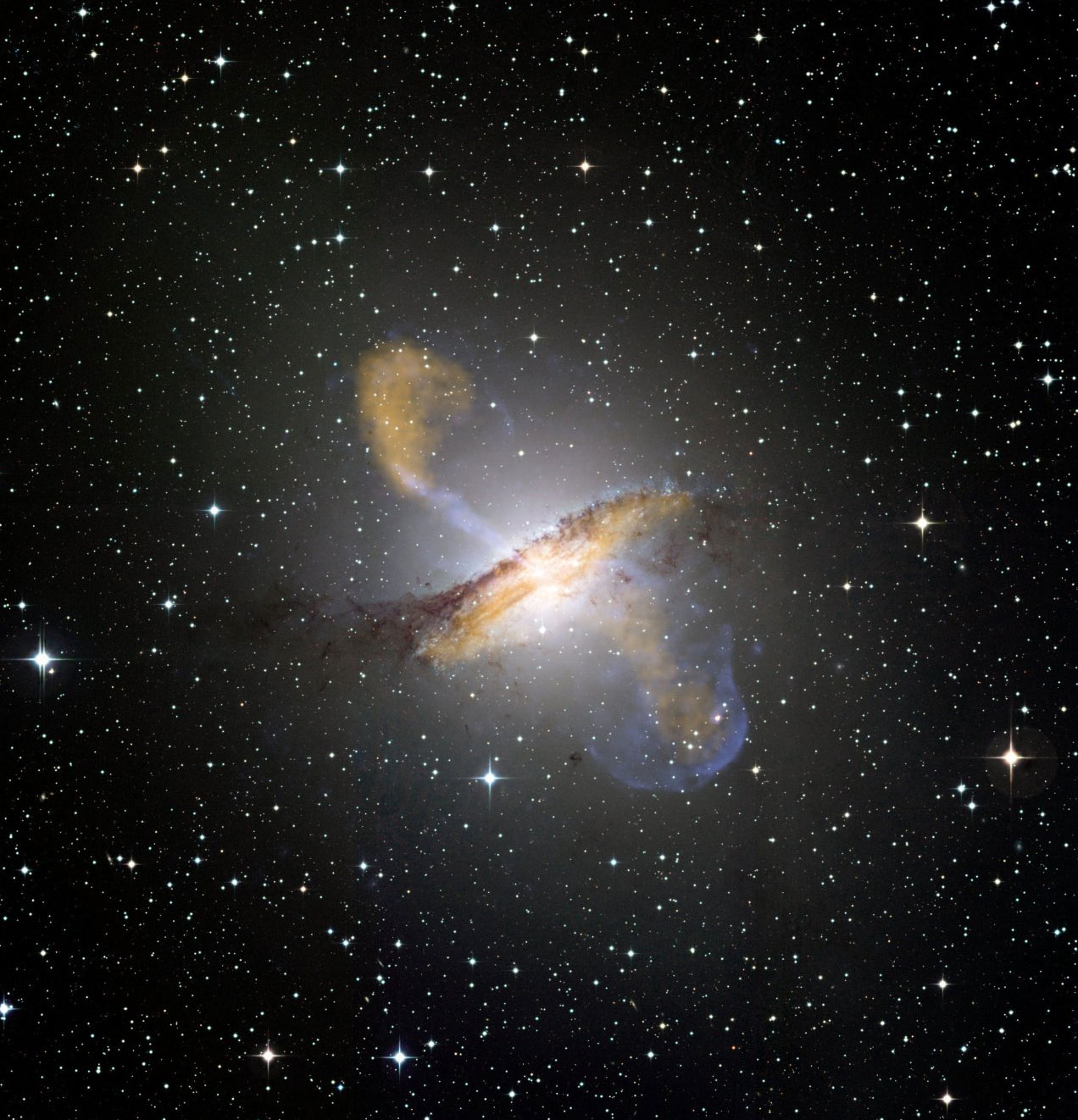(Comet Holmes after it's outburst in 2007)
An awesome year is just about to come to an end. We saw quite a few comets this year. But 2014 would also be quite amazing as far as comets are concerned. Here's a list of few of the comets that you should look out for.
Comet Holmes (27th March 2014) :- This one is a periodic comet that was last seen in October 2007. What makes this one special is that last time when we saw this comet it had an unexpected outburst. It's magnitude had suddenly and unexpectedly changed from 17 to 2.8 in a period of 48 hours. At one point in time it was difficult to observe even from a telescope and suddenly within a span of two days it became bright enough to be seen by the naked eyes.
Comet 209P/Linear (6th May 2014) :- This is also another periodic comet that was last seen on 3rd Feb 2004. The Earth would pass through the tail of the comet so hopefully it should be visible. What makes this one special is that as the Earth passes through it's tail it would cause a meteor storm producing 100 - 400 meteors per hour. The meteor shower would mainly be visible in the constellation of Camelopardalis.
Comet 4P/Faye (29th May 2014) :- Another periodic comet but not as exciting as the above two. The expected magnitude of this comet would be around 12.5.
Comet C/2013 A1 Siding spring (25th Oct. 2014) :- This comet would probably be invisible to the naked eye but what makes this one so exciting is that it would get extremely close to the planet Mars. Infact there is 1 of 1,20,000 chance that it would hit Mars on the 19th October. Kinda reminds me of the comet Shoemaker
This is just the basic information that i have as far as comets are concerned. I'll keep updating my blog as soon as i get more info....



















-labeled.png)



.gif)

















